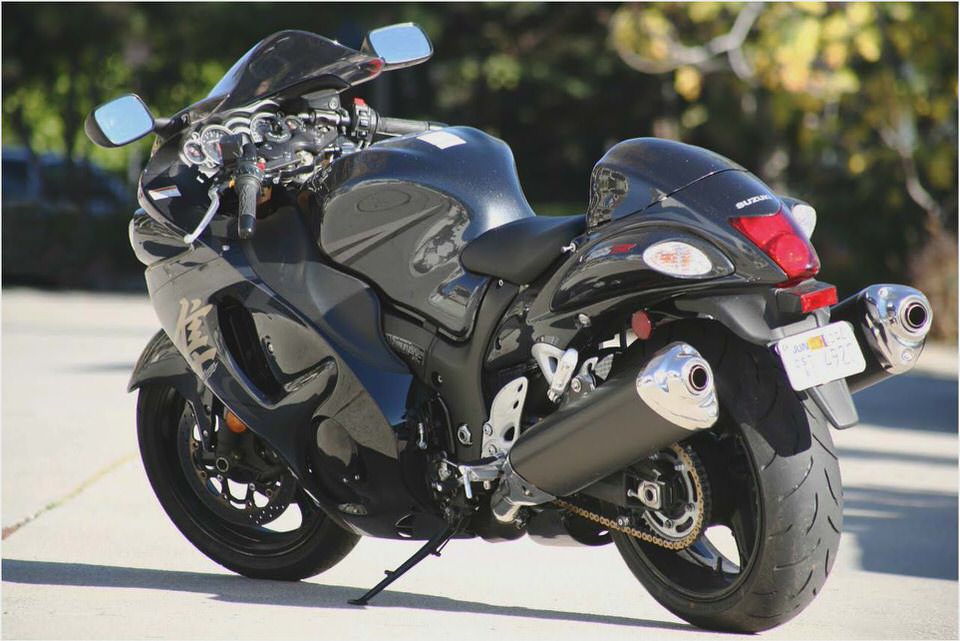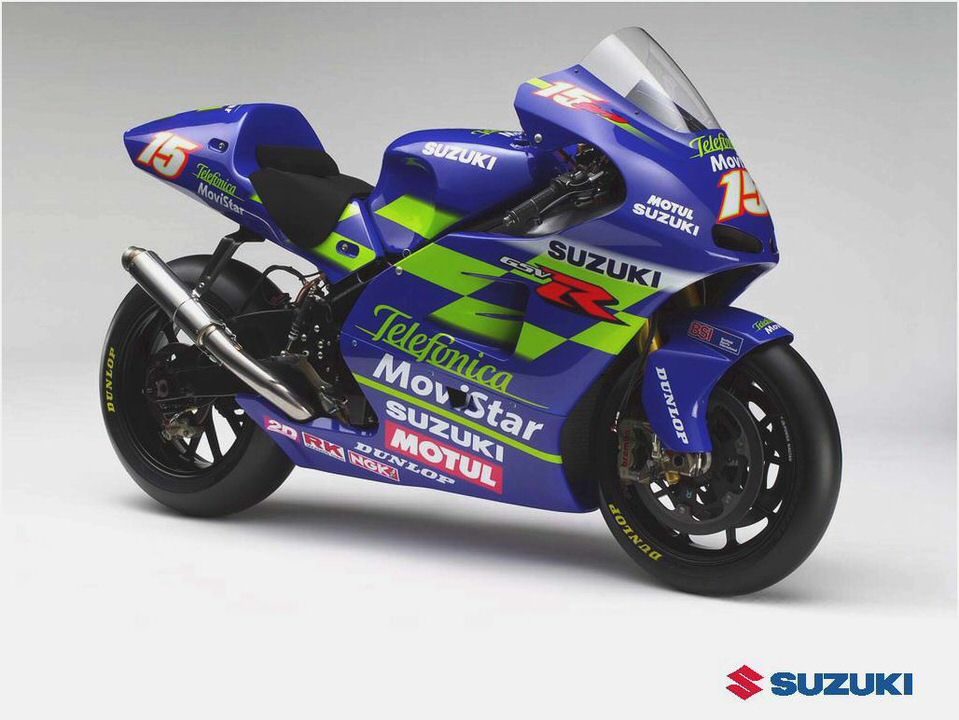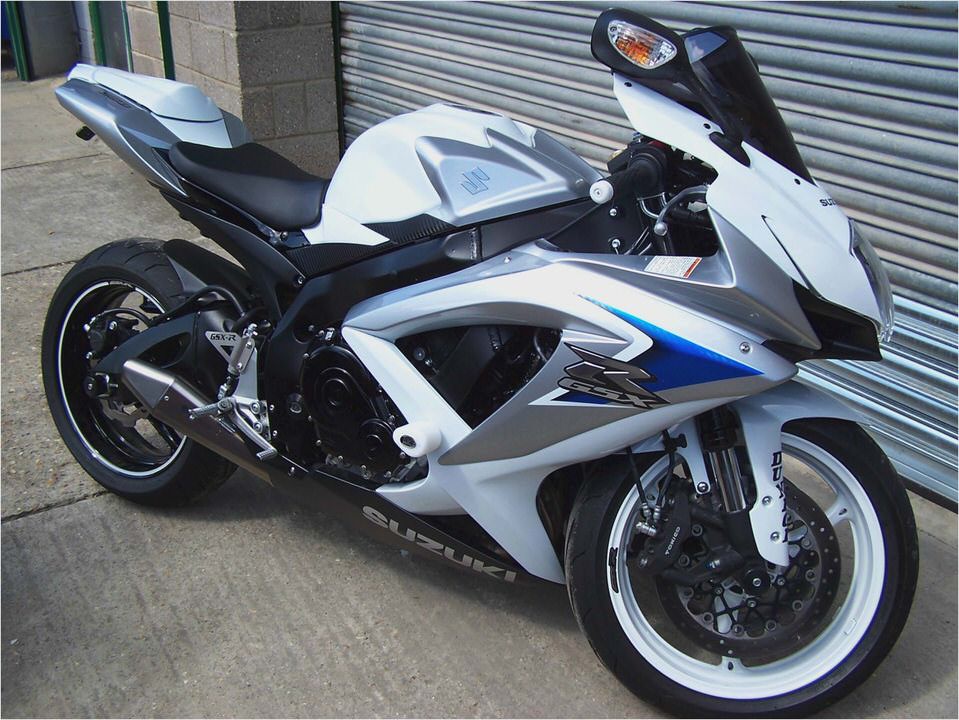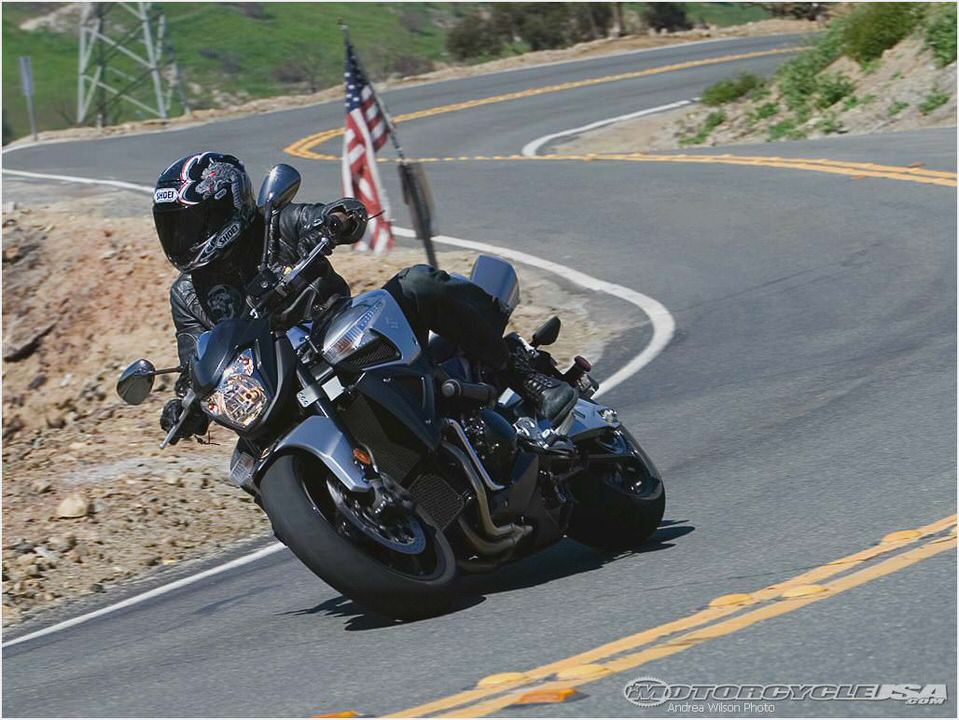
Suzuki DR650 Reflective Tape Page
Reflective Tape
Among the things that will make riding safer at night, such as better lighting, bright colors and not riding in traffic, reflective tape can make a huge impact on nighttime rider conspicuity. Even when your bike is parked and the lights are off, your bike will be far easier to see at night as headlights and flashlights will bounce back enough light from reflective tape to make your DR stand out like a spotlight amongst the darkness around it.
Various types of reflection off of oblique surface
To get the terminology correct, you are not just looking for a tape that reflects light, you are looking for a tape that reflects light back at it’s source – most importantly shining light from vehicle headlights back into the faces of their respective drivers. The ability to reflect light back at its source is know as retroreflectivity (AKA reflex reflecting, retroflective). And it’s retroreflective tape that you want on your bike or helmet.
Not all tapes are created equal and there are many types and subtypes of retroreflective tape. The difference in quality and brightness varies greatly from product to product and brand to brand and many of the tapes are not suitable for the curves on a motorcycle, unless you want to go for a tiled look.
Early (1940s) drawing of Glass Bead Retroreflective Tape
Dotted lines show incoming and outgoing light
One of the earliest types of retroreflective tapes incorporated glass spheres (beads). These glass spheres are natural retroreflectors that reflect light back at its source irrespective of angle of approach, as a sphere has the same geometry at any angle since it’s a ball.
Many versions of glass bead reflective products have been developed over the past many decades. You can find numerous types of glass bead reflective tapes, paints and impregnated fabrics. For reflective paints, glass can be added as drop-on beads or premixed in the paint.
For tapes and sheeting, beads can be enclosed in plastic or encapsulated behind a plastic sheet while still suspended in air.
One reflective corner in field of prisms
Another type of retroreflector incorporates a cube corner. With a set of three 90° mirrors or reflectors, light hitting one mirror will bounce off or it to another mirror and back at the light source. This can be seen in a house of mirrors, where, no matter how you look a a corner pair of mirrors, you see yourself looking back at you.
If you shined a flashlight one of the mirrors, your reflection would shine that light right back at you.
Early design pattern of Reflective Corners

Microprismatic retroreflective reflectors use patterns of thousands of tiny geometric corners that reflect light back at its source. Because of its design and large reflective surface area, sheets and tapes incorporating this technology tend to be far more retroreflective than glass bead products and appear significantly brighter at night. The prism angles can also be designed to reflect light back at different observation angles, and a single sheet or tape can incorporate multiple patterns that allow light to be reflected back in a tailored cone of light.
The 6 signs below are made from different grades of retroreflective tape. The first row of signs are made from glass bead sheets. The Roman numerals refer to the ASTM D4956 type (see below).
ASTM type I is also know as engineering grade reflective sheet and is made from enclosed glass beads. These sheets are easy to find, are affordable, come in many colors, including black, and are commonly used on bikes. Type II is known as super-engineering grade and is composed of larger sized glass beads and is much brighter than regular engineering tape.
Type III reflective sheet uses encapsulated glass beads and is much more reflective than type I and II.
The second row of signs in the image above use microprismatic (corner cube retroreflection) reflective sheeting. As the image above suggests, this group of retroreflective sheeting creates a much brighter and more noticeable effect when headlights hit it at night. Unfortunately, many of the microprismatic retroreflective sheets are stiff and will not easily follow the curves on your bike really well.
Arrow Head Lane Change Indicator Tape
3M Scotchlite is a popular reflective tape for reflective graphics. This ASTM D4956 Type I is commonly referred to as Engineering Tape. It uses glass beads enclosed on vinyl sheeting for reflectivity, comes in many colors (including black) and easily follows complex curves found on a bike or helmet.
Although generally adequate for most riders, the retroreflectivity of enclosed glass bead tapes are unfortunately are a fraction of that of encapsulated glass bead and microprism type reflective tapes.
When shopping of vinyl tape, note that not only does the quality of reflection differ from brand to brand, but the thickness of the vinyl itself also differs. There is a reason that no-name brands are cheaper.


- 1999 Suzuki GSX-R 750 Specs eHow
- Adventure-Touring Around the World- BMW GS Photo History
- Suzuki Unveils 2014 GSX-R SE at Indy – Motorcycle USA
- 2008 Suzuki Grand Vitara
- Suburban Hooligan – Suzuki Dr-z News Bike Expert

